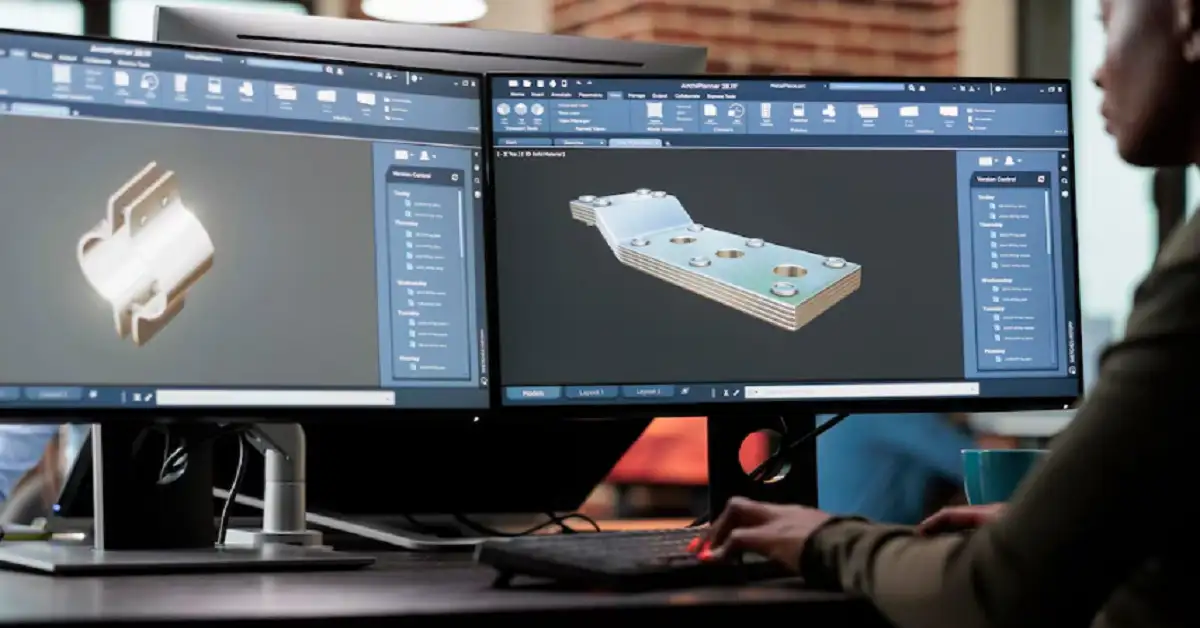The world of data collection has undergone a significant transformation in recent years. This shift is primarily due to advancements in technology like 3D laser scanning services. These innovative solutions have redefined how we gather, analyze, and interpret spatial information. Today, industries ranging from construction to archaeology are leveraging this cutting-edge technology for improved accuracy and efficiency. Let’s explore how these services are reshaping the landscape of modern data collection.
Understanding 3D Laser Scanning Services
3D laser scanning services involve capturing detailed measurements of physical objects or environments using advanced laser technology. This process creates highly accurate digital representations known as point clouds. These point clouds serve as the foundation for various applications across multiple sectors. By utilizing specialized equipment,a 3d laser scanning services provider can quickly scan large areas with unparalleled precision. As a result, businesses gain access to reliable data that supports informed decision-making processes.
Enhancing Accuracy in Data Collection
One of the most notable advantages of 3D laser scanning services is their ability to enhance accuracy. Traditional methods often rely on manual measurements, which can introduce human error into the equation. In contrast, laser scanning eliminates many of these inaccuracies by providing consistent and precise readings. For instance, architects can now create blueprints based on exact dimensions captured during scans. This level of detail ensures structures align perfectly with design specifications while minimizing costly mistakes during construction phases.
Streamlining Workflows with Advanced Technology
Implementing 3D laser scanning services also streamlines workflows significantly. Instead of spending hours taking individual measurements by hand, teams can complete scans within minutes. This time-saving aspect allows professionals to focus more energy on analyzing results rather than collecting raw data points. Moreover, automated systems reduce labor costs associated with traditional surveying techniques. Consequently, organizations experience increased productivity without sacrificing quality standards.
Expanding Applications Across Industries
Beyond construction, 3D laser scanning services find utility in numerous other fields. Archaeologists use them to document ancient sites before excavation begins. Similarly, forensic investigators employ these tools at crime scenes to preserve evidence accurately. Even manufacturers benefit from integrating such technologies into quality control procedures. Each application demonstrates versatility offered by adopting state-of-the-art scanning methodologies over conventional alternatives.
Improving Safety Measures Through Precise Mapping
Safety remains paramount in any industrial setting where heavy machinery operates daily. With 3D laser scanning services, companies can generate comprehensive maps highlighting potential hazards. These visual aids help employees navigate complex environments safely while reducing risks of accidents occurring onsite. Additionally, real-time updates ensure all stakeholders possess up-to-date information regarding changes within workspaces.
Cost-Effective Solutions for Long-Term Projects
Investing in 3D laser scanning services proves cost-effective over extended periods. While initial setup expenses may seem high compared to standard approaches, long-term savings outweigh upfront costs considerably. Fewer errors mean less rework required throughout project lifecycles. Furthermore, faster completion times translate directly into financial benefits for businesses operating under tight deadlines.
Conclusion
Revolutionizing data collection through 3D laser scanning services offers immense value to contemporary industries. From enhancing accuracy to improving safety measures, the benefits extend far beyond mere convenience. As technology continues evolving rapidly, embracing these innovations becomes essential for staying competitive in today’s market.
